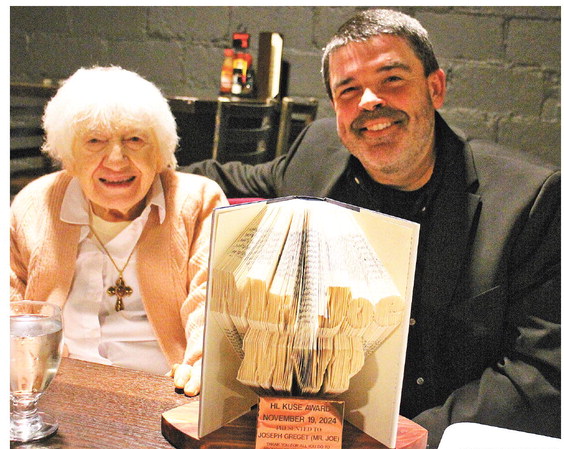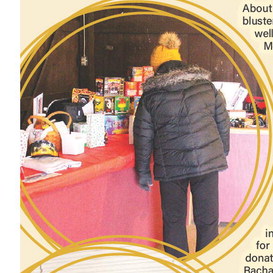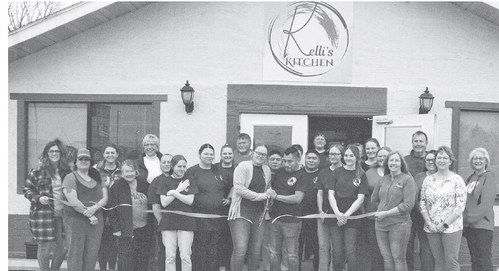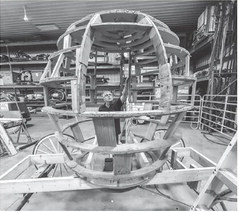The Wisconsin Department of Natural ….
The Wisconsin Department of Natural Resources (DNR) asks the public to check fire danger before conducting outdoor burning activities.
Dry weather, gusty winds and minimal chances of precipitation ahead of a strong cold front are in the forecast for the week, leading to the potential for increased fire activity. Fire danger will continue until there is significant rainfall. Dry vegetation from lack of rainfall is more susceptible to carrying a wildfire.
With the onset of the fall fire season and the forecasted conditions, fire officials have started staffing some fire equipment in the northern half of Wisconsin.
Wildfires can happen any time of the year when the ground is not completely snow-covered. Areas are especially vulnerable in the early spring and again in the fall after the leaves have fallen from the trees and the plants and grasses go dormant in preparation for winter.
The main cause of wildfires at this time of year is burning brush and leaf piles, and debris burning continues to be the No. 1 cause of wildfires in Wisconsin. Sparks from recreational equipment, campfires and hot ashes from fireplaces are also contributing causes.
Smoldering embers can remain hot for days, even weeks. If using a wood stove or fireplace, empty the ashes into a metal container with a tight-fitting lid or dump them onto bare soil. Then, drown the ashes with water and stir until the embers are completely cold.
The same goes for campfires, burn barrels and burned leaf and brush piles. Before leaving the area, drown the ashes, stir and keep adding water until all heat and smoke is gone.
The DNR recommends avoiding conducting any debris burning until the ground is completely snow-covered.




